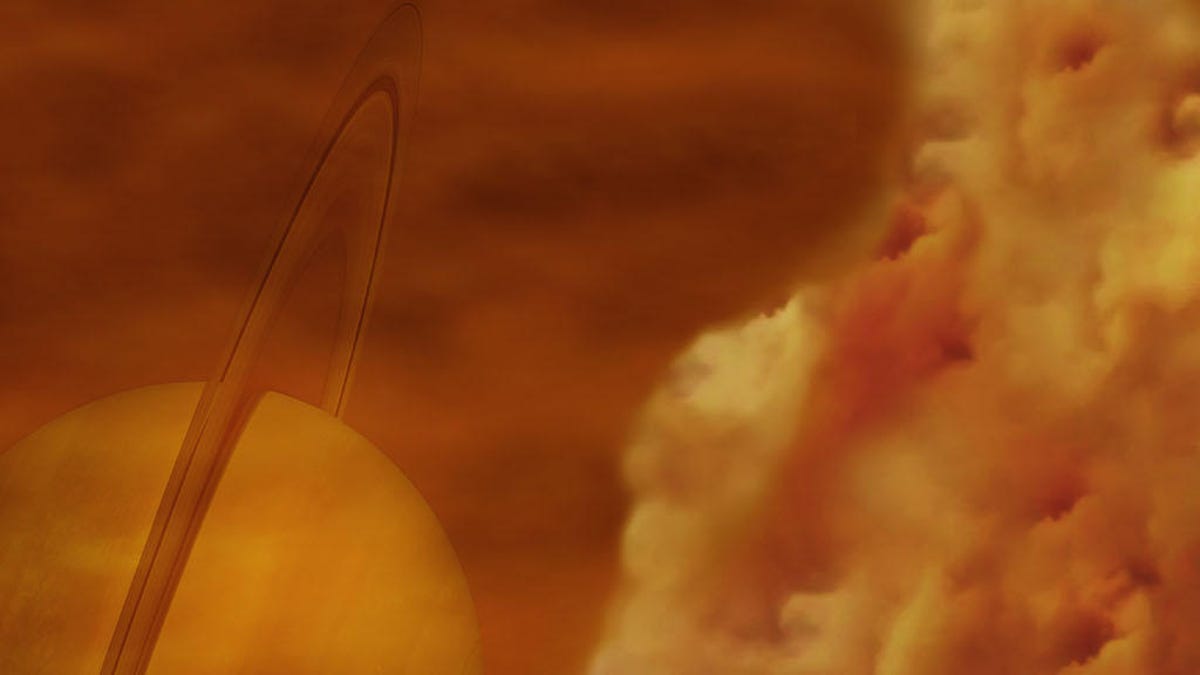Scientists find giant dust storms on Saturn’s biggest moon
It’s the first time scientists have found the occurrence on Titan.
There's a celestial body in space that's very much like Earth, and it's Saturn's biggest moon called Titan.
It's so alike that scientists have discovered "giant dust storms" in "equatorial regions" of the moon, according to a release published on NASA's website today citing a paper published in Nature Geoscience. The discovery was made based on data obtained from NASA's Cassini spacecraft.
Researchers believe that huge amounts of dust can be raised by strong wind gusts that arise in powerful methane storms. Such methane storms, previously observed in images from the international Cassini spacecraft, can form above dune fields that cover the equatorial regions of this moon especially around the equinox, the time of the year when the Sun crosses the equator.
Titan is the third solar system body where dust storms have been observed, according to the press release. The other two are Earth and Mars. Titan has other similarities with Earth, including seasonal changes and the existence of "stable bodies of surface liquid," although these are largely methane and ethane rather than water.
"Titan is a very active moon," said lead author Sebastien Rodriguez.
"We already know that about its geology and exotic hydrocarbon cycle. Now we can add another analogy with Earth and Mars: The active dust cycle, in which organic dust can be raised from large dune fields around Titan's equator," added Rodriguez, who is also an astronomer at the Universite Paris Diderot in France.
CNET has reached out to NASA for a comment.
Japanese space robots just landed on an asteroid: And they took incredible photos.
Saturn moon Enceladus offers 'tantalizing' new hint it's habitable: Scientists have spotted complex organic molecules on the icy moon.


